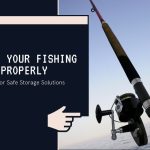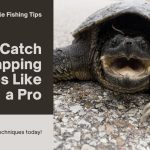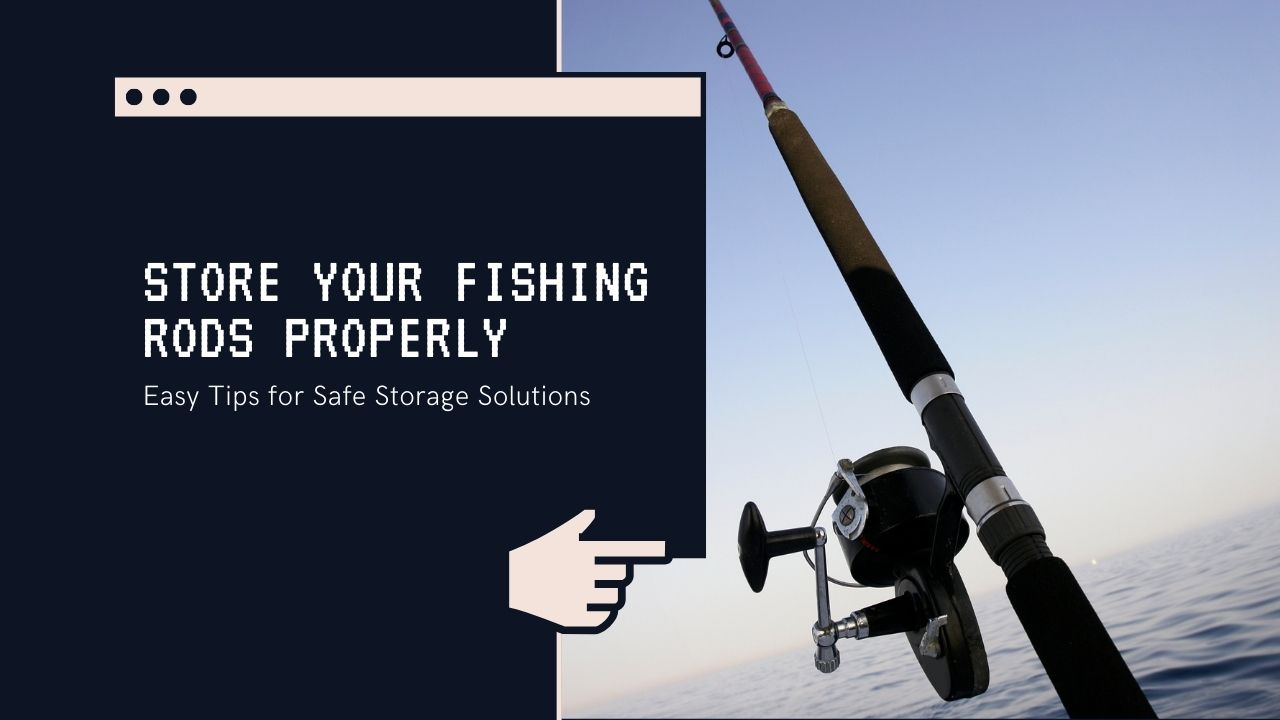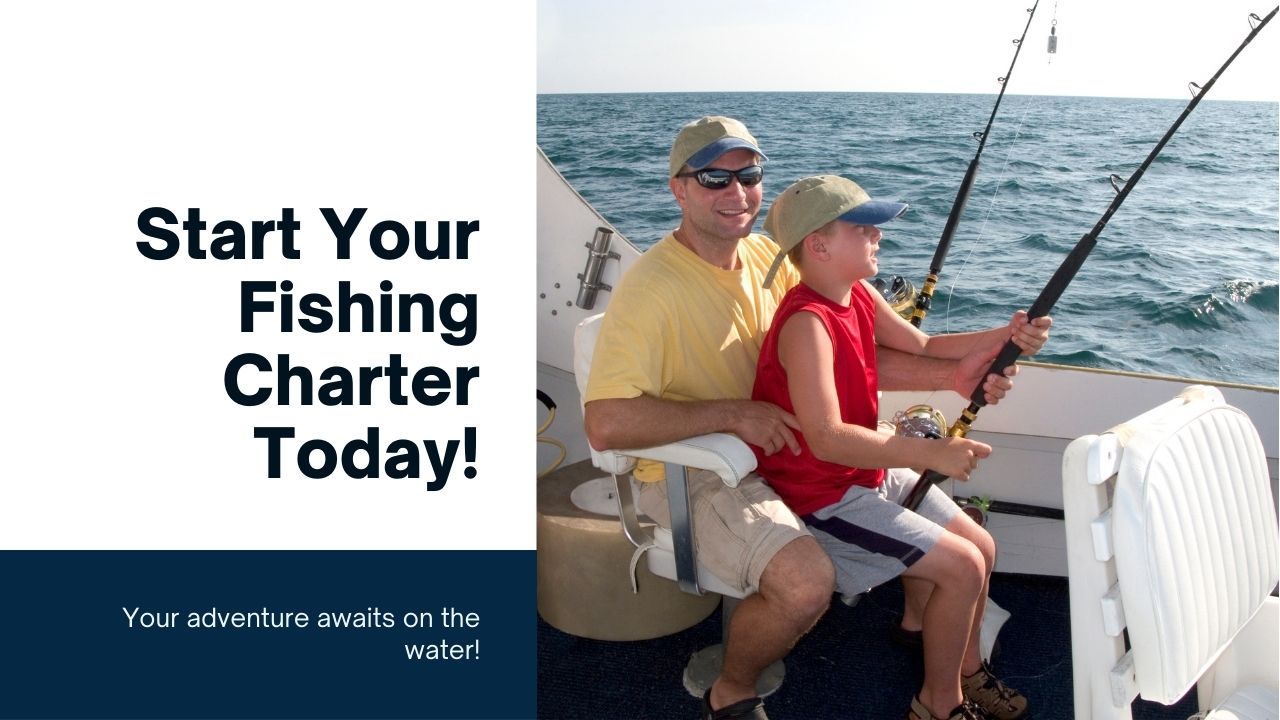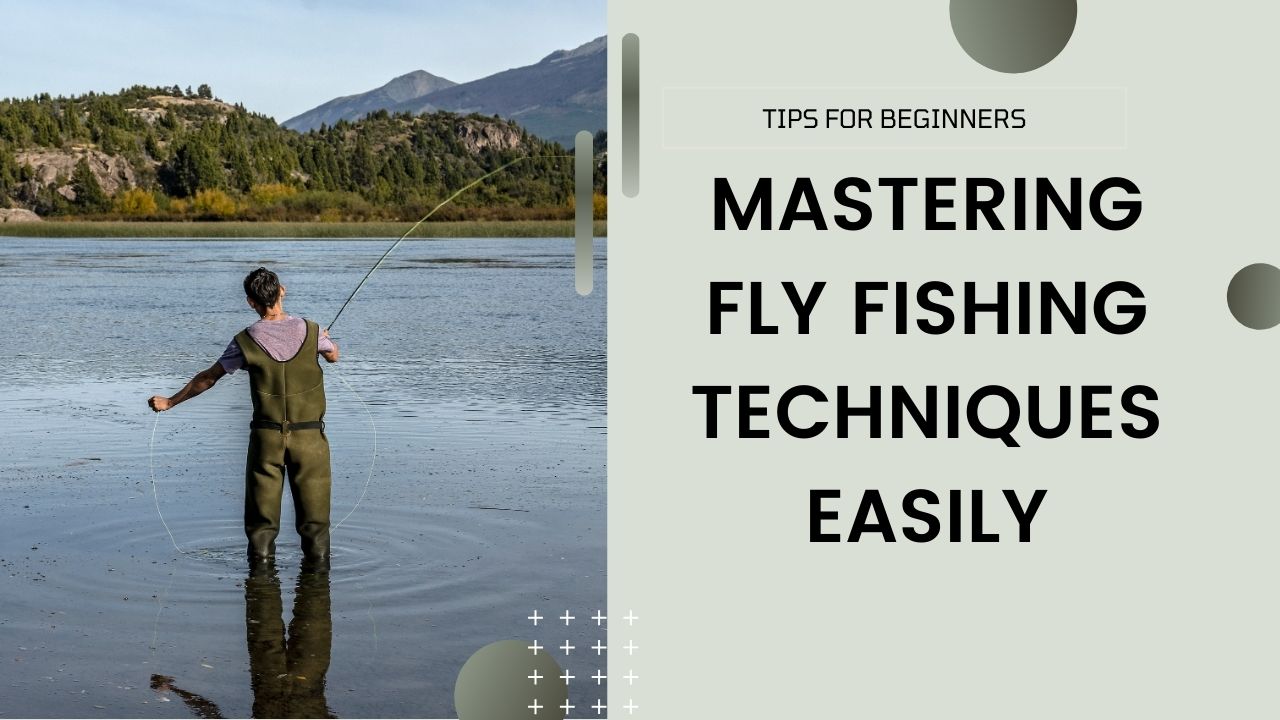Going deep sea fishing is an exciting adventure, but you need to dress properly to stay comfortable and safe. The right clothing and gear will protect you from the sun, wind, and water. This simple guide will help you choose what to wear for a great fishing trip.
Understanding the Environment
Deep sea fishing exposes you to various environmental factors, including intense sunlight, fluctuating temperatures, and wet conditions. Preparing for these elements is crucial to ensure an enjoyable and safe experience.
Sun Exposure
The open ocean offers minimal shade, leading to prolonged exposure to the sun’s ultraviolet (UV) rays. Protecting your skin and eyes from sunburn and glare is essential.
Variable Weather Conditions
Weather at sea can change rapidly. Mornings may start cool, warming up as the sun rises, with possibilities of sudden rain showers or high winds. Dressing in layers allows you to adapt to these changes effectively.
Wet Conditions
Spray from the ocean, rain, and the process of handling fish can lead to wet clothing. Choosing quick-drying and water-resistant materials helps maintain comfort throughout the trip.
Essential Clothing and Gear
Based on the environmental considerations, here’s a breakdown of recommended attire and equipment for deep sea fishing:
1. Head Protection
- Hat: A wide-brimmed hat provides comprehensive protection from the sun, shielding your face, ears, and neck. Look for hats made of breathable, quick-drying materials with a chin strap to secure it against the wind.
- Sunglasses: Polarized sunglasses reduce glare from the water, enhancing visibility and reducing eye strain. Ensure they offer 100% UV protection. Using a retainer strap can prevent them from falling overboard.
2. Upper Body Attire
- Base Layer: Start with a moisture-wicking shirt to keep sweat away from your skin. Materials like polyester or specialized fishing apparel are ideal.
- Mid Layer: Depending on the temperature, add a lightweight, insulating layer such as a fleece or soft-shell jacket. This layer provides warmth during cooler periods and can be removed as temperatures rise.
- Outer Layer: A waterproof and wind-resistant jacket is essential to protect against rain and ocean spray. Opt for jackets with sealed seams and adjustable hoods for maximum protection.
3. Lower Body Attire
- Pants: Quick-drying, lightweight pants made from materials like nylon are preferable. In warmer climates, convertible pants that zip off into shorts offer versatility.
- Shorts: In tropical or warm conditions, shorts made of quick-drying fabric are comfortable. Ensure they have secure pockets for storing small items.
4. Footwear
- Shoes: Closed-toe shoes with non-slip, rubber soles provide stability on wet and potentially slippery decks. Deck shoes or water-resistant boots are excellent choices. Avoid open-toed sandals, as they offer less protection.
- Socks: Moisture-wicking socks help keep your feet dry and comfortable. In cooler conditions, consider thermal socks for added warmth.
5. Hand Protection
- Gloves: Fishing gloves protect your hands from cuts, sun exposure, and improve grip. Choose gloves made from quick-drying materials with UV protection. Fingerless designs offer dexterity, while full-fingered gloves provide more protection.
6. Additional Accessories
- Neck Gaiter or Buff: Protects your neck and face from sun exposure and can be pulled up over your face to shield against wind and spray.
- Sunscreen: Apply a broad-spectrum sunscreen with a high SPF rating to all exposed skin areas. Reapply regularly, especially after sweating or contact with water.
- Lip Balm: Use a lip balm with SPF to prevent chapped and sunburned lips.
Seasonal Considerations
Adjust your clothing choices based on the season and expected weather conditions:
Warm Weather
- Lightweight, Breathable Fabrics: Opt for materials that allow air circulation and wick moisture away from the skin.
- Sun Protection: Prioritize clothing with built-in UV protection and consider long sleeves and pants to minimize sun exposure.
Cold Weather
- Insulating Layers: Incorporate thermal base layers and insulated jackets to retain body heat.
- Waterproof Outerwear: Ensure outer layers are both waterproof and windproof to protect against cold winds and rain.
- Head and Extremity Protection: Wear thermal hats and gloves to prevent heat loss from the head and hands.
Safety and Practical Tips
- Life Jacket: Always wear a properly fitted life jacket or personal flotation device (PFD) approved for offshore use.
- Hydration: Bring ample water to stay hydrated, especially in hot conditions.
- Seasickness Medication: If you’re prone to motion sickness, consider taking preventive medication as per the instructions prior to departure.
- Personal Items: Store valuables like phones and wallets in waterproof bags to protect them from water damage.
Conclusion
Proper attire is a fundamental aspect of preparing for a deep sea fishing trip. By selecting appropriate clothing and gear, you enhance your comfort, safety, and overall enjoyment on the water. Remember to consider the specific environmental conditions of your fishing location and adjust your attire accordingly. With the right preparation, you’ll be ready to tackle the open seas and create lasting fishing memories.
References:

